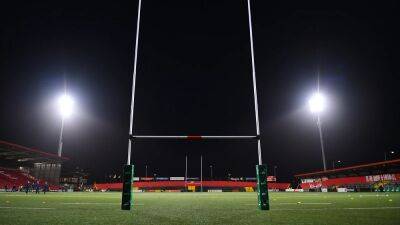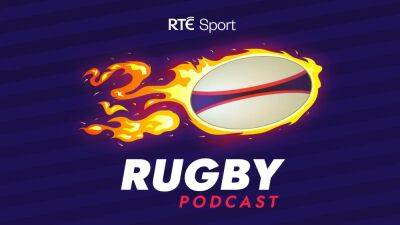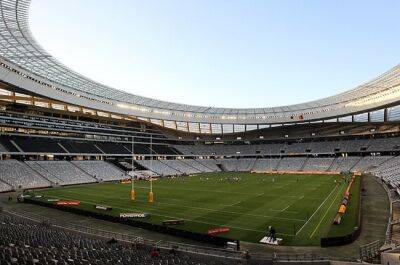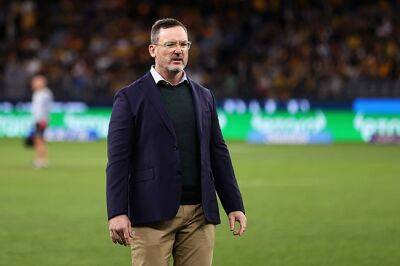World Rugby need to take stand on Atonio tackle
Week Two of the Six Nations was dominated by the quality of rugby on display in the Ireland-France match at the Aviva Stadium on Saturday.
Yet, there are dark undertones around the safety of the game following a forceful high tackle by Uini Atonio on Rob Herring, who retired from the game following a HIA a couple of phases later.
Rugby, as a game, is going to be scrutinised, analysed, celebrated and championed in this World Cup year. However, if we don't create a robust framework that allows the players to be safe, the celebrations and positive analysis will be drowned out by sombre moments of collisions and contacts.
Wayne Barnes is a very competent referee, highly regarded and arguably one of the best in the world. He has a background in law and methodically follows the legal framework whenever there are foul play incidents in the game.
However, he got the Uini Atonio tackle on Rob Herring horribly wrong. I have a bit of sympathy for Barnes. In the heat of the moment, in one of the most exciting test matches in a few years, he tried to use the framework bestowed onto him by World Rugby.
World Rugby have somehow structured the high contact and foul play framework in such a way that they want their referees to look for mitigation in the case of a disastrous tackle.
Barnes used this framework to talk the tackle down from a red card offence to a yellow, hinging on the assumption that there was a low degree of danger in the tackle. This is where he went wrong but he had to follow his judgement through to come to a yellow card sanction.
One factor in the judgement of a high degree of danger is where the initial contact was made. This is fine when the framework helps to save a genuine attempt at a lower tackle and there has been







